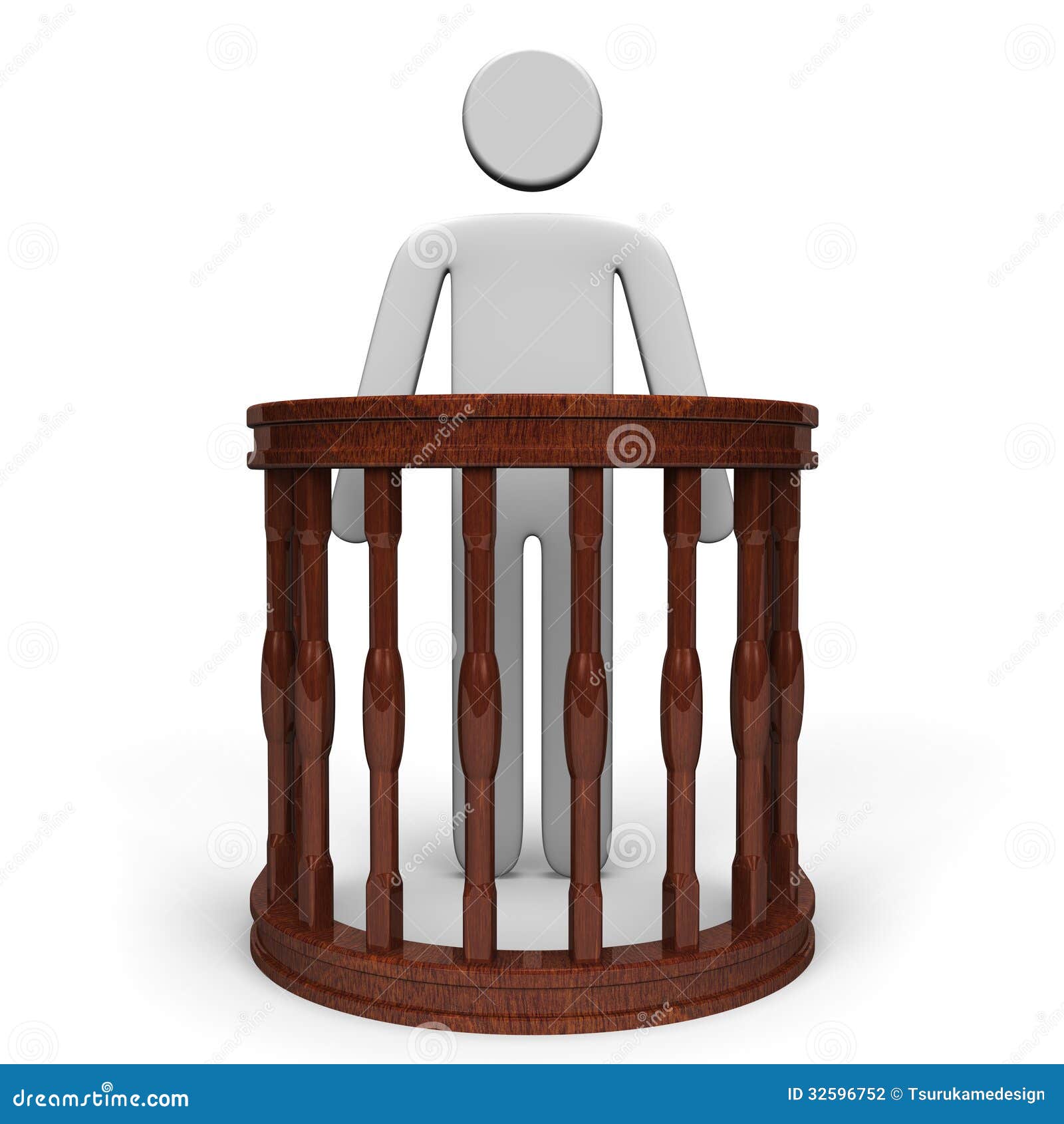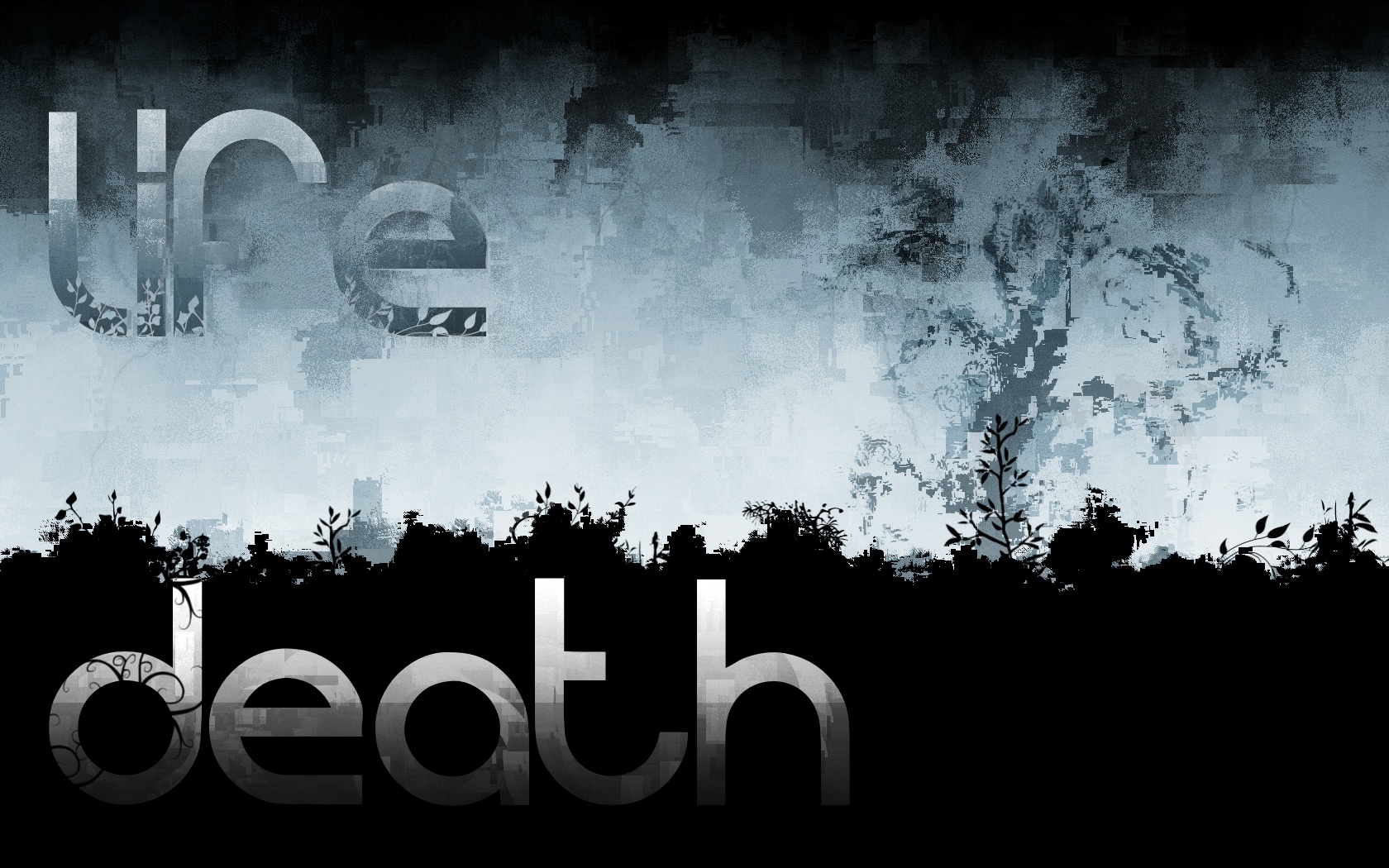Thanks to Eli Chitrik
Makos 6b
1. We mentioned that if two groups of witnesses who are able to see each other, than they are considered one group, and therefore cannot become “Muzum” unless you are “Mazim” all of them.
The Rishonim ask, for one of these groups to have been found Zomemin, it means that witnesses must have come forward and testified that they saw them elsewhere at the time the crime was committed. But this presents a problem. For in our case, the members of the second group – whose testimony was not discredited – say that they saw the members of the first group standing at a window overlooking the scene of the crime!
There is thus a “Hakchoshah” contradiction, between the Hazamah witnesses and the second group of witnesses whether the members of the first group were, or were not, at the scene of the crime. Since the Hazamah testimony itself has been contradicted, we cannot know whether to believe it. Hence, the members of the first group could not be punished as Zomemmin regardless of whether we considered the two groups one set of witnesses or two! How then can the Mishnah make their punishment dependent on this issue?
The Ritva answers that the Mishnah must therefore speak of a case in which only one member of each group saw someone in the other group. In such a case, there is only a single witness contradicting the testimony of Hazamah witnesses and the Hazamah witnesses would therefore be believed.
2. We spoke about “Eidus M’yuchedes” or isolated witnesses:
What is an “Eidus M’yuchedes”?

A set composed of two witnesses, one of whom watched from one window and the other from another window, without them seeing each other.
Are such witnesses valid?
The Gemara clarifies that in cases of Dinei Nefoshos – Life and Death – they are not considered valid witnesses, however regarding monetary cases ‘isolated witnesses’ are indeed valid.
What is the logical explanation for this?
3- We spoke about the two Rabbonim of Dvinsk. (Formerly Dinaburg דענעבורג – and now Daugavpils). One, R’ Meir Simcha Hakohen was the Misnagdisher Rov. (See here in English Hebrew)
The other, the Ragatchover was the Chasidisher Rov.

The Ohr Sameach, written by R’ Meir Simcha Hakohen present some logic to the above ruling:
/1393552014330.png)
He first asks: monetary cases and life and death cases are always compared to each another.

The Torah says “Mishpat Echod Yeeyeh Lahem”. Why in this case of ‘isolated witnesses’ should their laws be different?
(see original here, perek 4, halacha 1, ) ohr samayach eidus makos 6
He explains, that when someone kills someone and there are no witnesses Torah says that this man may not be put to death. When does he get the death penalty, when there are two witnesses who saw him in action.
If no valid witnesses witnessed the murder then even if he comes on his own to Beis Din and admits to the crime, he is considered a murderer and forfeits his place in Mizrach…… but he cannot be put to death.

In other words, what makes a person “Chayav Misah” is not only the fact that two people saw the action of him killing. They need to come to Beis Din and testify that he is chayev miso because he killed someone and that two witnesses (themselves) saw the crime and therefore they are testifying against him.
Therefore you need proper witnesses and not isolated ones. If one saw the crime without knowing and seeing the other witness then he cannot come and testify that “two witnesses saw the act and therefore his is chayov miso”!
In simpler words: Two witnesses that see an act together create the chiyuv.

However, regarding monetary cases, when someone borrows money from someone whether he has witnesses or not he will always be obligated to pay back, it is just that if he does not have witnesses, Beis Din cannot force the other person to pay back.
In other words, Torah did not say; “only when you have witnesses then a person has to pay back”. Absolutely not! A person always has to pay back, but if he does not have witnesses, than Beis Din cannot enforce it. Therefore in this case, monetary – witnesses are not as essential and therefore isolated witnesses work.
Here you can read it from his most famous book on the Ramaba”m ‘Ohr Sameach’.








 Testimony cannot be retracted.
Testimony cannot be retracted. g- If we assume that their testimony takes effect immediately (they can reverse within three second- which they didn’t) then we can accept their testimony because the disqualification (due to the Chilul Shabbos) came after the fact.
g- If we assume that their testimony takes effect immediately (they can reverse within three second- which they didn’t) then we can accept their testimony because the disqualification (due to the Chilul Shabbos) came after the fact.

 See the Rambam
See the Rambam




“Asvia” is probably Osveya, located on the lake of the same name. (The expression quoted from the pinkas is באסוויע מתא דיתבא על ימא זוטא המכונה אזירא דמתקריא סוויע.) It has another claim to fame – it was the birthplace of R. Aharon Strasheler.
Here’s Lake Seliger. A look at it in Google Maps shows that R. Plotkin’s town of Ostashkov is located on it.